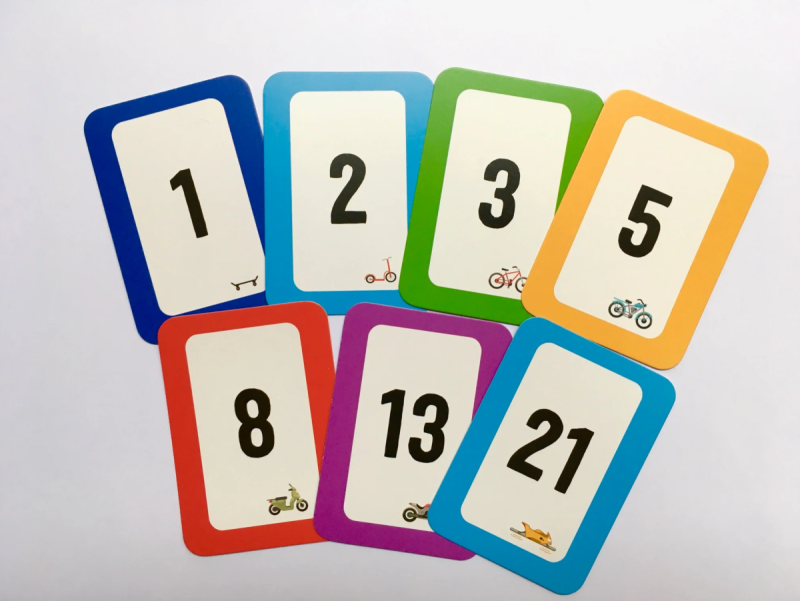Estimation is a critical part of Agile planning, helping teams predict the effort required to complete tasks within a sprint. One of the most commonly used techniques for estimation is pointing scales, which allow teams to assign relative values to tasks based on their complexity, size, or effort. Choosing the right pointing scale for your team can significantly improve the accuracy and efficiency of your sprint planning.
In this article, we’ll explore different sprint estimation pointing scales, their benefits, and how to choose the right one for your team.
What Are Sprint Estimation Pointing Scales?
Pointing scales are tools used by Agile teams to estimate the relative effort or complexity of tasks during planning sessions. Instead of assigning specific time durations (e.g., hours or days), teams use abstract units of measurement to focus on the relative effort of tasks compared to one another.
The most popular scales include numerical sequences like the Fibonacci sequence, T-shirt sizes, and custom scales tailored to a team’s needs.
Types of Pointing Scales
1. Fibonacci Sequence
The Fibonacci sequence is one of the most widely used scales in Agile estimation. The sequence—1, 2, 3, 5, 8, 13, 21—reflects the natural increase in uncertainty as tasks become more complex.
Benefits:
- Easy to understand and apply.
- Highlights differences in task sizes effectively.
- Encourages discussion for higher numbers (e.g., 13 or 21).
Best For:
- Teams new to Agile.
- Projects with a wide range of task complexities.
2. Modified Fibonacci Sequence
Some teams adjust the Fibonacci sequence by removing larger numbers or adding intermediary values like 0.5 to better suit their workflow.
Benefits:
- Provides more granularity for smaller tasks.
- Simplifies estimation for teams with a narrower scope.
Best For:
- Teams with highly granular tasks.
- Projects with less variation in complexity.
3. T-Shirt Sizes
This qualitative scale uses categories like XS, S, M, L, and XL to estimate task sizes. Teams can define what each size represents in terms of effort or complexity.
Benefits:
- Simple and intuitive.
- Works well for non-technical teams.
Best For:
- Teams unfamiliar with numerical estimation.
- High-level planning sessions.
4. Time-Based Scales
Time-based scales assign estimated durations (e.g., 1 hour, 2 hours, 1 day) to tasks. While this can help teams align estimates with deadlines, it risks focusing too much on time rather than effort.
Benefits:
- Directly ties estimates to deadlines.
- Useful for fixed-scope projects.
Best For:
- Teams with well-defined and repetitive tasks.
- Non-Agile projects.
5. Custom Scales
Teams can create their own scales tailored to their unique workflow and project needs. These scales often blend elements of other models.
Benefits:
- Fully adaptable.
- Reflects team-specific nuances.
Best For:
- Mature Agile teams.
- Specialized or niche projects.
How to Choose the Right Scale for Your Team
- Assess Your Team’s Experience:
- New teams may benefit from simpler scales like Fibonacci or T-shirt sizes.
- Experienced teams can experiment with custom scales.
- Consider the Project’s Complexity:
- Use detailed scales for projects with diverse task sizes.
- Choose simpler scales for straightforward projects.
- Align With Stakeholder Needs:
- If stakeholders require time-based estimates, consider using a time-based or modified Fibonacci scale.
- Test and Adapt:
- Start with a common scale and adjust it over time based on team feedback and project outcomes.
Best Practices for Sprint Estimation
- Foster Collaboration: Involve the entire team in estimation to capture diverse perspectives.
- Focus on Relative Effort: Avoid overanalyzing precise durations; focus on comparing tasks.
- Iterate and Improve: Regularly revisit and refine your scale to better fit your team’s workflow.
- Leverage Tools: Use digital tools like Planning Poker Agility for real-time estimation and collaboration.
Why Use Planning Poker Agility for Estimation?
Planning Poker Agility simplifies estimation with built-in support for multiple pointing scales, including Fibonacci, T-shirt sizes, and custom options. Its seamless integration with Jira allows teams to:
- Estimate tasks collaboratively in real time.
- Adjust scales to match their workflow.
- Keep all estimates organized within their Jira backlog.
With Planning Poker Agility, teams can transform their sprint planning sessions into efficient, interactive experiences. Start estimating smarter today!
Final Thoughts
Choosing the right sprint estimation pointing scale is a key step in improving your team’s planning and delivery. Whether you’re using Fibonacci, T-shirt sizes, or a custom scale, the key is to foster collaboration, focus on relative effort, and continuously refine your approach.
By adopting the right tools and techniques, your team can achieve more accurate estimates and deliver better results every sprint.

